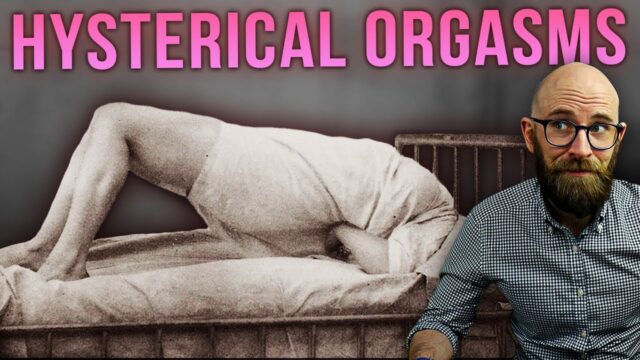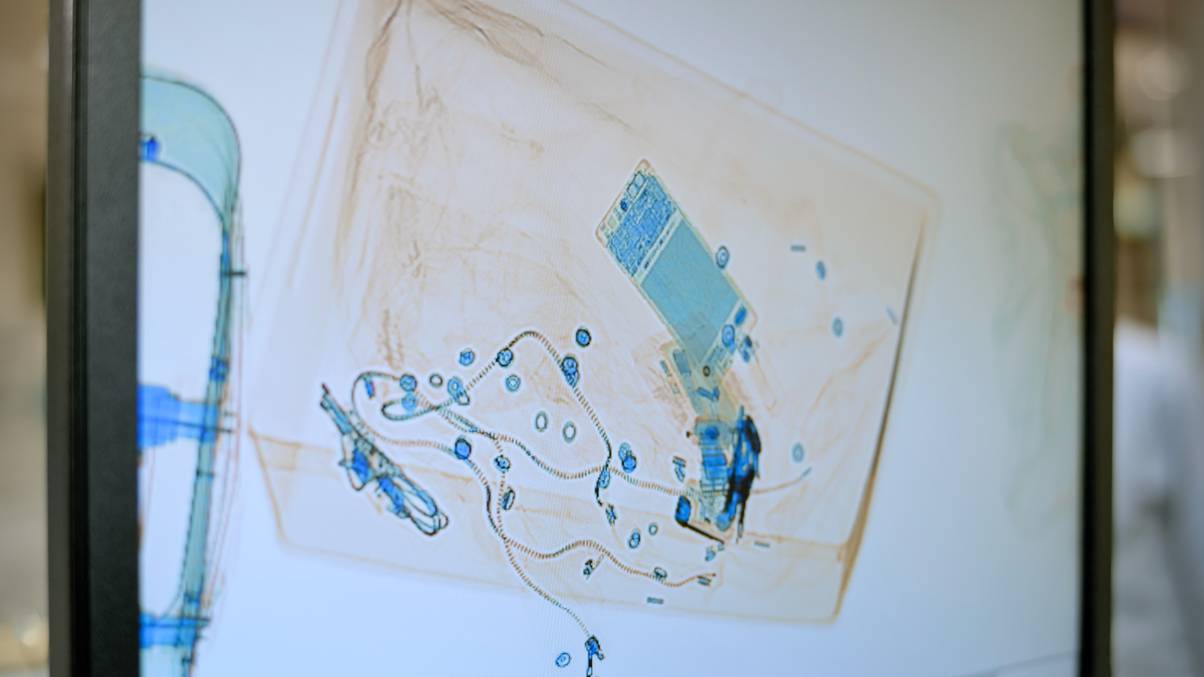“Unlocking Pleasure: The Surprising Truth Behind the Great Vibrator Myth That Everyone Gets Wrong!”
It is here, however, where actual medical history and the narrative presented in The Technology of Orgasm part ways. In their 2018 paper, Hallie Lieberman and Eric Schatzberg break down Maines’s thesis into three main arguments before debunking each in turn. These are: a) pelvic massage was a long-established and widely-practiced treatment for female hysteria; b) Victorian doctors were unaware of the female orgasm or the role of the clitoris, and thus considered pelvic massage non-sexual since it involved no penetration; and c) the mechanical vibrator was developed specifically to make pelvic massage easier and more efficient.
As noted, in each case, Lieberman and Schatzberg found shockingly little hard evidence for Maines’s claims, writing that:
“If vibrating the clitoris were indeed a standard medical therapy in the late 19th and early 20th centuries, one would expect direct historical evidence of the practice, either from proponents or critics. Medical discourse at the time was very contentious. Physicians regularly lauded and attacked therapies that used new technologies, especially electrical devices, so historians would expect to find debates about clitoral vibration in medical journals. Vibrators were widely promoted for other medical therapies in this era. The American Medical Association was, in fact, quite critical of such vibrator treatments. Furthermore, any medical procedure that could have been perceived as sexual would surely have attracted the attention of censorious moralists. Yet Maines insists that these treatments were not seen as sexual, so according to her own logic, physicians would have had no reason to conceal the practice. Sometimes absence of evidence is really evidence of absence.”












